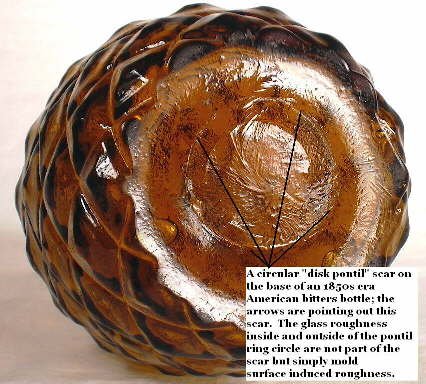CanadianBottles
Well-Known Member
- Joined
- May 24, 2014
- Messages
- 4,713
- Reaction score
- 2,422
- Points
- 113
Neither looks like any sort of base marking I've ever seen, but since they come from China I'm not surprised. I'd imagine that they were probably using some fairly different techniques for glassmaking over there than they were here. Mind you I've seen a fair amount of Chinese bottles on the west coast and none of them looked even remotely like that as well, but these are probably earlier than the ones I was seeing.

